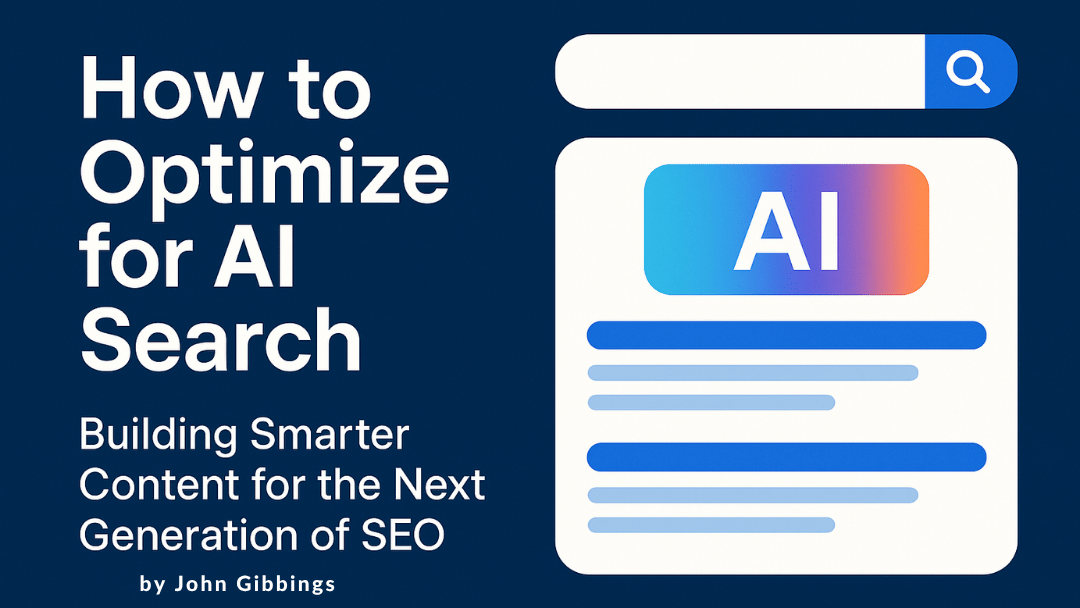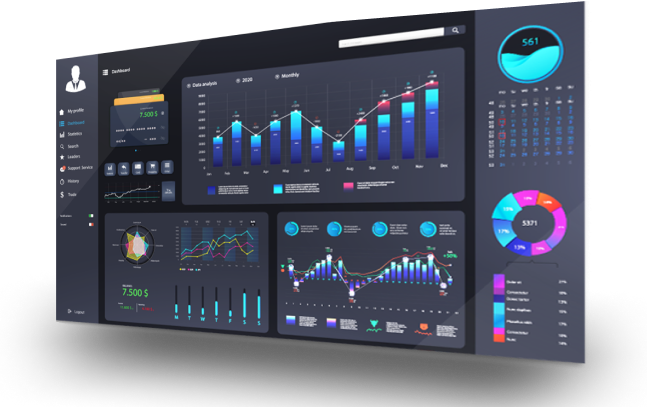For those of us who have been immersed in the highly-complex world of Google’s AdWords for some time, it may be difficult to remember how overwhelming and confusing (and often irrational!) it seemed when we were starting out. It’s hard enough just to learn the mechanics of using the interface along with all the new lingo, but more importantly, it’s difficult for the beginner to discern the important habits and techniques that can make her or his AdWords campaigns more successful right from the beginning.
So here are the top five things I’ve learned from experience, but wish I’d known from Day One:
- Focus on Quality Score improvement. Like the old saw about what’s crucial in real estate (“location, location, and location”), forming the habit of doing those things that make Google happy and desirous of rewarding you from the beginning makes sense. The reward? Better ad positioning at lower cost-per-click bids. Each of your keywords is assigned a Quality Score (QS, presently a 1-10 scale) by Google that indicates their judgment of the “relevancy” of your keyword-ad-landing page combination to potential searchers. The higher the QS, the lower your max CPC bid can be to get better ad positions and consequently more clicks. QS is a complex and somewhat mysterious formula, but to keep things simple, the best thing you can do to improve QS is form ad groups with highly targeted keywords; write ads that clearly express the intention of the group’s keywords; and point those ads at well-formed, easy-to-navigate, and relevant landing pages.
- Organize your campaigns. Before launching an account, think through carefully how you form campaigns and the ad groups in each campaign. Think in terms of both your major goals for your AdWords advertising and the likely desires and intentions of potential customers.
- Keep ad groups tight and focused. Every ad group should be built around a relatively small group of keywords that are highly relevant to the ad(s) associated with the group. As mentioned above, this will contribute to higher Quality Scores for your keywords. As you gain data, don’t be afraid to split off keywords into their own groups for further refined targeting.
- Always have test ads competing with each other. No matter how smart and intuitive you are, you can never be sure what wording in an ad might click with searchers or sometimes even why. Therefore you should always be running at least two ads in every ad group, and adjust the campaign’s settings so ads run evenly (rather than the default ad optimization). Revisit your ad groups on a regular basis. When a particular ad is clearly a winner over the other, pause the “loser” and write a new variation of the winner to test. Never stop doing this. Split Tester is a useful and simple tool for helping you decide a winner in your ad testing.
- Use broad match keywords sparingly. As a beginner, it is tempting to use lots of broad matches, as they definitely cause more impressions and more raw clicks. However, those clicks can come at great expense, as broad match tends to bring in many irrelevant clickers (those not truly searching for the intended target of your ad) at low CTR (click through ratio), which means money thrown away. In most cases, I use broad match keywords as “research bait.” Using Google’s Search Query Report over time I can see what people are actually searching for and clicking. With that data, I can create more targeted phrase and/or exact match keywords. I can also find good negative keywords that will keep my ads from showing for people who aren’t really looking for what I have to offer.








